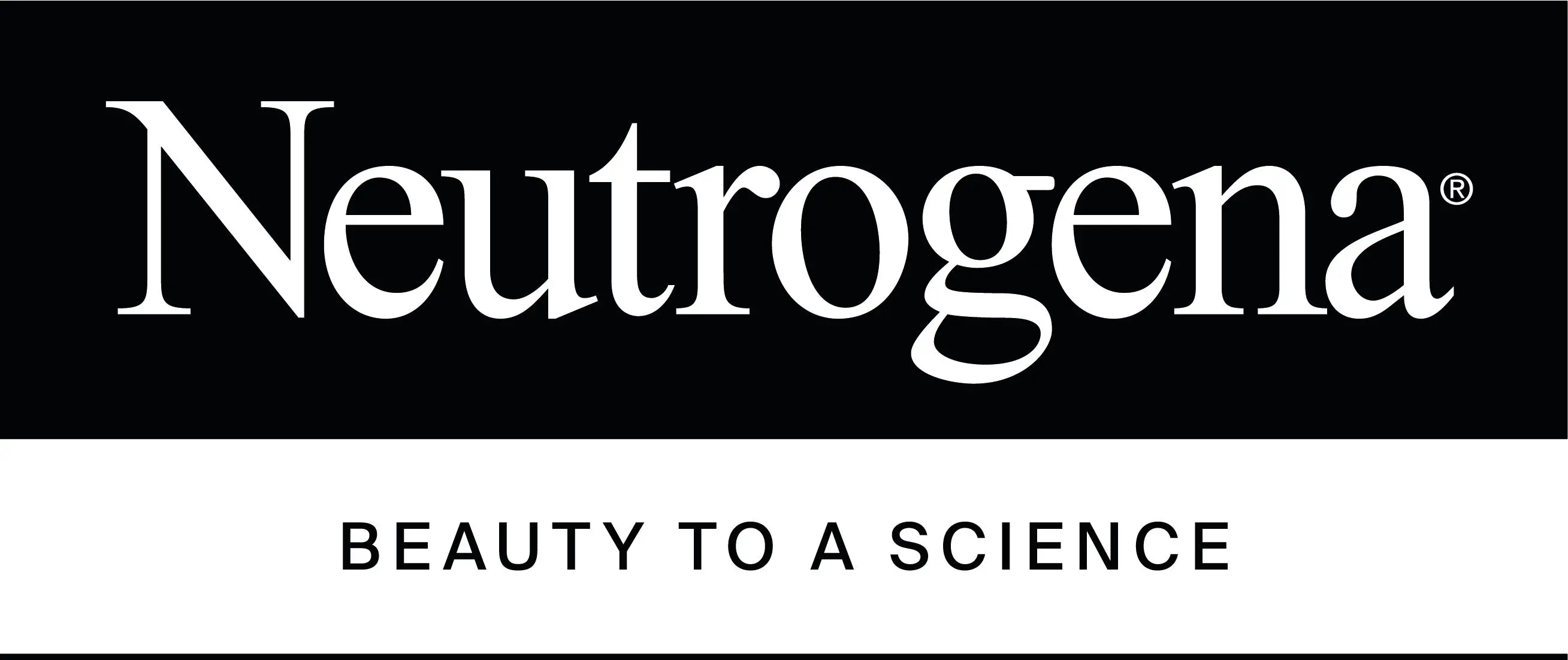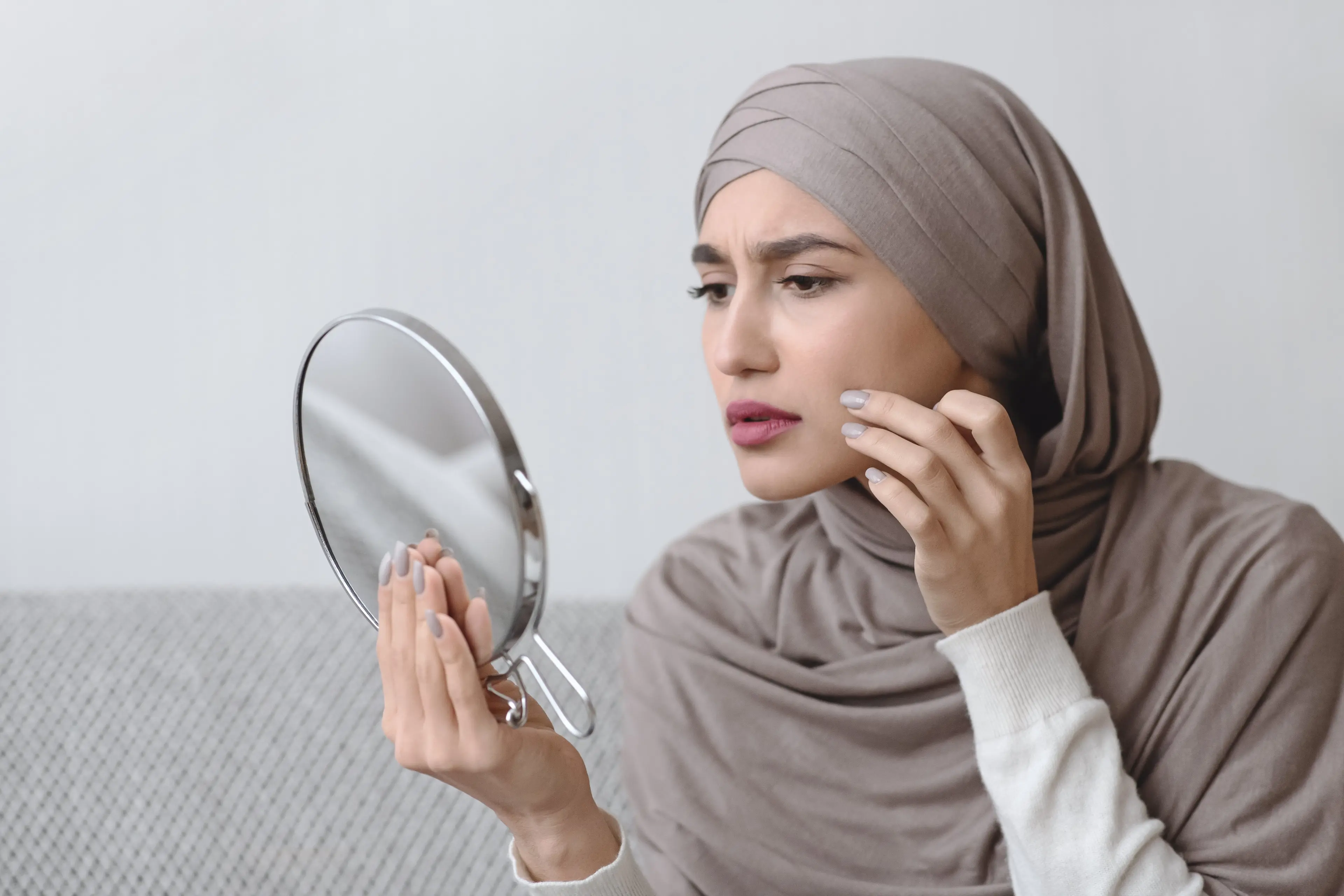Acne is a common skin ailment that creates pimples on the face, forehead, chest, shoulders, upper back, among other places. Acne is most frequent among teenagers, but it can strike anyone. Genetics and fluctuation of hormone levels, stress, high humidity, and the use of oily or greasy personal care products are all possible causes of acne.
What is acne?
Acne is a common skin ailment where hair, sebum (an oily substance, germs), and dead skin cells clog the skin's pores.
Blackheads, whiteheads, nodules, and other types of pimples result from these blockages.
Know that you're not alone if you suffer from acne. It's the most frequent skin problem that people have. Acne affects 80 percent of persons between the ages of 11 and 30, and most people will experience it at some point. Acne has been an old age problem!
What are the different types of acne and how can you treat them?
1- Whiteheads
Whiteheads are one type of acne.
Whiteheads occur when hair follicles or oil glands are closed off by oil and dead skin, resulting in a closed lump on your skin. Therefore, whiteheads appear as tiny pimples on the surface of your skin. They have a whitish or golden color to them. It's crucial to remember that squeezing whiteheads will not eliminate or fix them, so don't try to pop them yourself.
How to treat whiteheads:
Whitehead remedies available over-the-counter include sulfur, salicylic acid, and benzoyl peroxide. These topical treatments can be used to treat just the whitehead or the full face. They aid in the removal of dead skin cells and excess oil.
In addition, hyaluronic acid assists in minimizing redness and appearance of acne. Hyaluronic acid also helps protect the skin, which is especially beneficial for acne-prone skin, which lacks a robust lipid barrier.
2- Blackheads
Blackheads, unlike whiteheads, appear black on the skin's surface. Because the head of the pore stays open while the rest of the pore is clogged, they are called open comedones as opposed to whiteheads, which are known as closed comedones. Squeezing blackheads can be done; however, it's not encouraged because it might result in scarring.
How to treat blackheads:
Blackheads can be treated in the same way that whiteheads are treated. To remove blackheads, avoid using pore strips. Pore strips are an abrasive, temporary cure that might harm your skin's top layer, aggravating acne.
You can also try our Neutrogena best sellers for Blackheads such as Neutrogena® Visibly Clear® Blackhead Eliminating Daily Face Scrub.
Read to know more on how to remove blackheads in detail, here.
3- Papules
Papules are little red bumps that occur when oil or dead skin cells clog a pore and mingle with Cutibacterium acnes (C. acnes) bacteria on your skin. The germs are able to escape into the surrounding skin tissue because the contents of this blocked pore pour out. After that, the germs cause an inflammatory lesion. However, pus is not seen in papules.
How to treat papules:
Because of its antibacterial properties, the over-the-counter therapy benzoyl peroxide may still be beneficial for treating papules.
Your skin care professional may prescribe a topical retinoid, antibiotics, or birth control pills (for women whose acne coincides with their menstrual cycle). Birth control pills can help reduce oil production by lowering androgen levels.
Also, check out our wide range of specialized Neutrogena Acne products that are specifically designed to treat papules, here.
4- Pustules
Pustules are tiny, bulging pimples with a white center surrounded by red, irritated skin. Their clusters might be observed on the chest, face, or back. An infection of a blocked pore produces pustules. Pustules are similar to papules, but they contain pus's yellowish substance.
How to treat pustules:
Don't try to pop or squeeze pustules because this could spread the infection. Your doctor can safely drain pustules. Pustules respond to the same over-the-counter and prescription treatments as papules. Antibiotics are virtually always prescribed to get rid of the pus.
Also, check out our wide range of specialized Neutrogena Acne products that are specifically designed to treat both pustules and papules, here.
5- Nodules
Flesh-coloured or red pimples characterize nodular acne beneath the skin's surface. The bacteria cause a painful infection deep within the pore, resulting in nodular acne.
How to treat nodules:
Acne nodules can be treated with prescription or by using products that consist of ingredients such as benzoyl peroxide, salicylic acid, antibiotics or retinoids.. If these treatment methods do not work, your skincare professional may choose to manually drain the nodules or use a laser to remove the outer layer of skin.
Check out our wide range of Neutrogena Spot Controlling products which consist of salicylic acid such as Neutrogena® Spot Controlling Oil Free Moisturiser & Neutrogena® Spot Controlling Daily Scrub.
6- Cystic Acne
Cystic acne is the most severe type of acne, and it is caused by a deep infection in the skin. Acne cysts are big, red, inflammatory, painful, and pus-filled blemishes on the skin. Because cysts are pus-filled and frequently burst, infecting the surrounding skin, they are softer than nodules.
How to treat cystic acne:
The most challenging type of acne to cure is cystic acne. To get rid of cystic acne, you may need to take many treatments. Your doctor may suggest putting steroid injections into stubborn cysts to treat them immediately and reduce inflammation.
Can we prevent acne?
During regular hormonal shifts, preventing acne is tough, if not impossible. However, there are a few things that can help:
Wash your face with warm water and a gentle facial cleanser on a daily basis.
Apply moisturizer on a regular basis.
Maintain a safe distance between your hands and your face.
You don't have to quit wearing makeup, but make sure you remove it at the end of the day.
Also read to know the importance of removing makeup before bed, here.
In conclusion, acne is common and is the most prevalent skin disorder, and it can have a significant psychological impact
For this reason, consult your healthcare professional as soon as you discover the pimples so that therapy can begin right away and scarring can be avoided.
While waiting to see your skincare provider, continue to wash your face with lukewarm water and a gentle facial cleanser that you may buy over the counter at least once a day products with benzoyl peroxide and salicylic acid-containing products are beneficial
References:
Mahmood, N. F., & Shipman, A. R. (2017). The age-old problem of acne. International journal of women's dermatology, 3(2), 71-76.
https://www.mayoclinic.org/diseases-conditions/acne/diagnosis-treatment/drc-20368048
Ayer, J., & Burrows, N. (2006). Acne: more than skin deep. Postgraduate medical journal, 82(970), 500-506.

